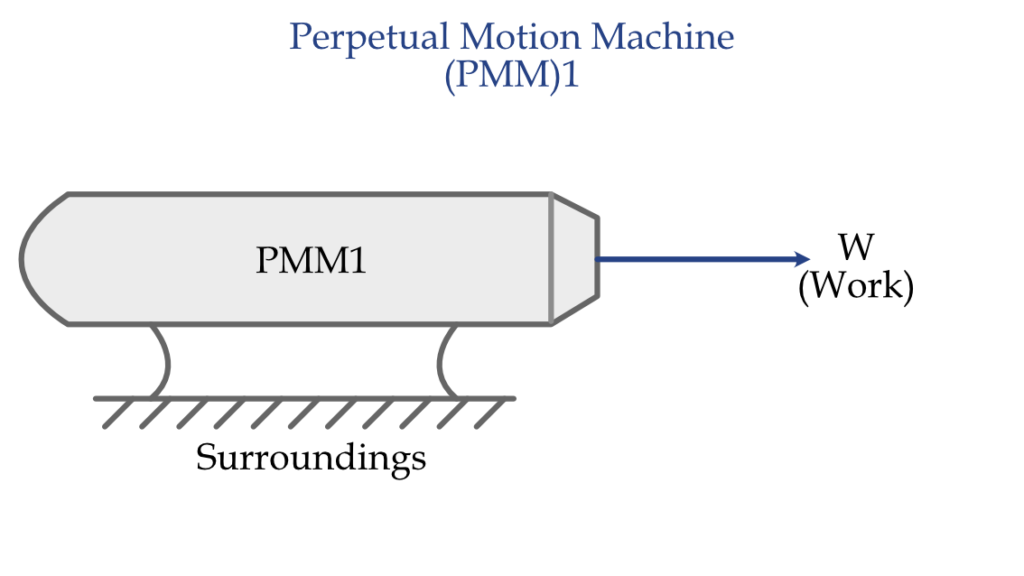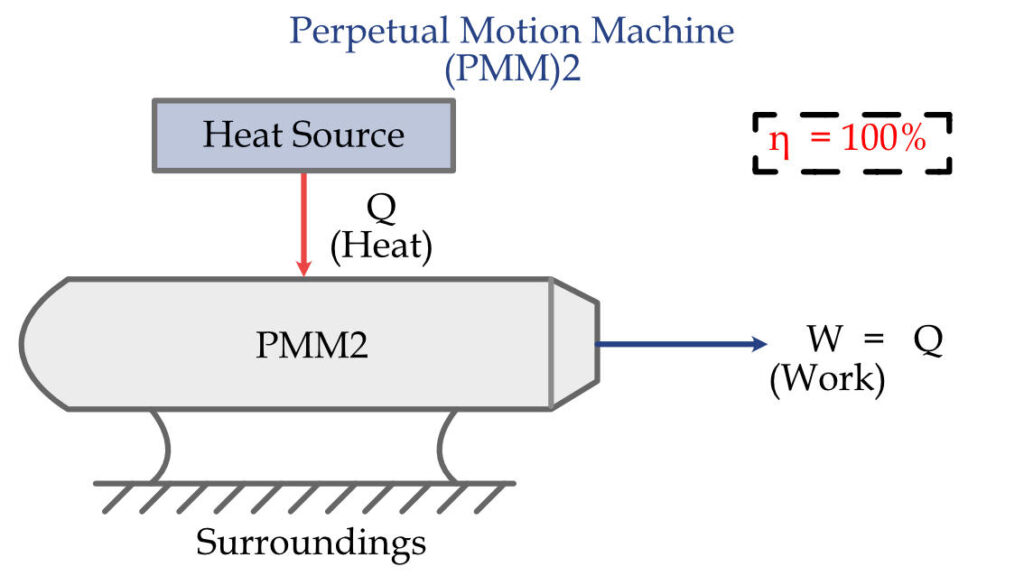What if I say there is a machine that produces energy continuously without any energy input? What if I say there is a machine that is 100% efficient? The answers to all these questions are Perpetual Motion Machines (PMM). These are the machines that defy the laws of nature. But, what are they and whether they are possible, which you will see in this blog post.
Perpetual Motion Machines
One of the most sought and equally controversial topics in the scientific community is perpetual motions. Defined as “motion that continues forever without any external influence or input,” perpetual motion has undoubtedly captured the attention of young scientists, aspiring engineers, or science students.
The temptation is simple – getting infinite work from a machine without needing fuel or external energy input. The invention of such devices will make anyone rich and famous or may help them win a Nobel prize. However, as reality kicks in, the possibility instantly fades away.
Despite the overwhelming scientific evidence and proof against the possibility of creating a perpetual motion machine, the search for such a machine hasn’t stopped. Everyone has tried designing and building such devices, from Leonardo da Vinci to Nicola Tesla. With time much new technology came, and the approach changed, but the quest continued.
In general, there are three types of Perpetual Motion Machines (PMM):
- PMM1: A machine that produces works without energy input.
- PMM2: A machine that has 100% efficiency.
- PMM3: A machine that has no friction.
Perpetual Motion Machine 1
A machine that produces works continuously without any energy input. Such a machine will produce energy by itself.
But, this is just a hypothetical machine because it violates the first law of thermodynamics. The first law of thermodynamics state that energy can neither be created nor be destroyed; it can only be converted from one form to another. So, for any machine to work in reality, it can do it by converting one form of energy to another.

Perpetual Motion Machine 2
Another hypothetical machine that satisfies the first law of thermodynamics and overcomes the limitation of PMM1 is PMM2. PMM2 are those hypothetical machines that can generate work from a single heat reservoir source. This machine absorbs the heat from a single heat reservoir and converts the absorbed energy ultimately into work energy. As a result, the thermodynamic efficiency of such devices becomes 100%. But, such a machine violates the Kelvin-Planck statement, which states that no engine can work with a single heat reservoir. And the possibility of 100% efficiency of these machines also violates the Carnot theorem that deals with thermodynamic cycle and efficiencies. Eventually, all these points make it impossible for any such device to be practically possible.

Perpetual Motion Machine 3
Another machine on this line is the PMM of the third kind, which eliminate friction and therefore continues a motion forever due to inertia. While it may seem possible to eliminate friction, eventually, no one succeeded in doing that.
Of all the three, the machines that have approached the third kind most closely are the motion storage machines. They will not produce energy or do work more than the input, but it stores the energy in the form of mechanical motion.
Conclusions
The possibility of infinite energy-generating machines looks alluring to imagine, but the case of such machines breaks the very fundamental laws of nature. Despite the overwhelming scientific evidence to support the impossibility of perpetual motion, there are still those that refuse to believe.
Some key learnings from the post:
- Perpetual Motion: A motion that continues forever without any external influence or input.
- PMM1: A machine that produces work continuously without any energy input. Such machines violate the first law of thermodynamics.
- PMM2: A machine that can generate work from a single heat reservoir source and, as a result, have 100% thermodynamic efficiency. Such devices violate the second law of thermodynamics.
- PMM3: A machine that completely eliminates friction and continues motion forever due to inertia.

Android Apps
⭐️ ⭐️ ⭐️ ⭐️ ⭐️ 1000+ | 400,000 + Downloads (Cumulative)
At eigenplus, our goal is to teach civil engineering students about structural analysis and design starting from the fundamental principles. We do this with the help of interactive android applications and accompanying web articles and videos.
Our apps have helped more than 400 thousand students across the world to understand and learn the concepts of structural engineering. Check out our apps on the google play store.